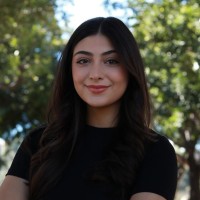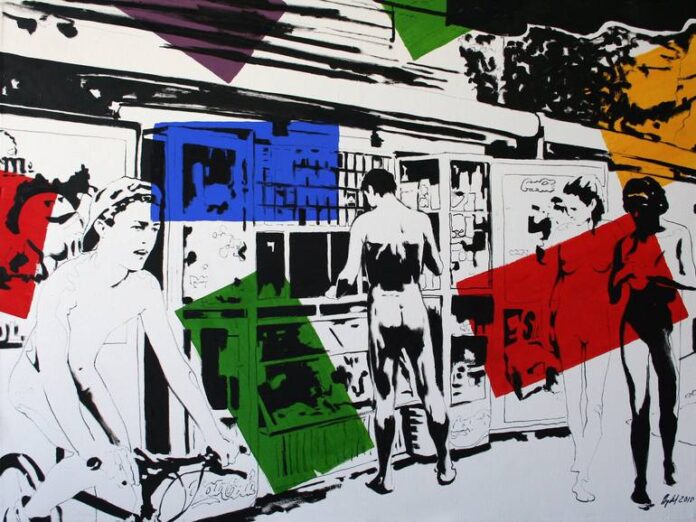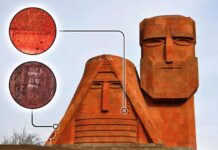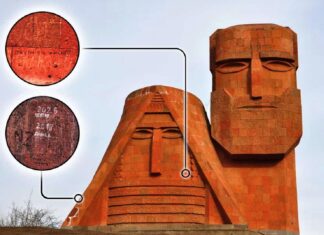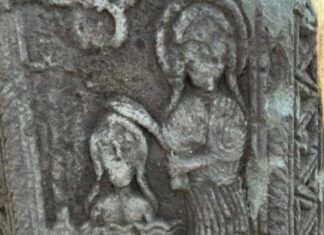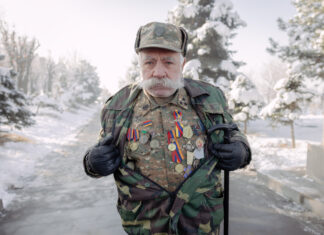The renowned Armenian artist Arman Grigoryan succumbed to cancer on May 15, 2025. He was just 65 years old. The son of noted Soviet artists Alexander Grigoryan and Arpenik Ghapantsyan, Grigoryan co-founded the influential Երորդ Հարկ or Third Floor Group (1987–1994) along with compatriots who included David Kareyan, Kiki, Ashot Ashot and Sev.
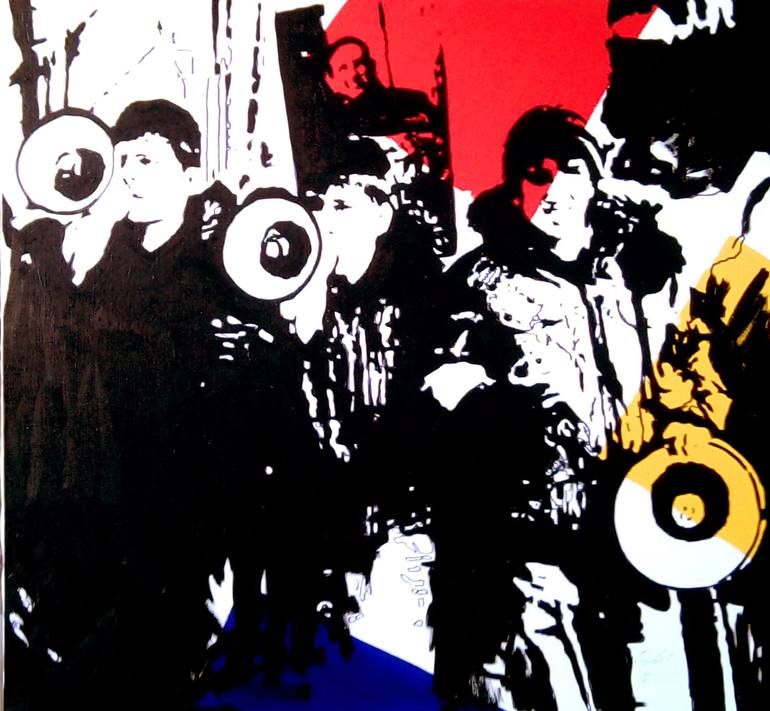
Yerort Harg linked post-1990 Armenian art to its Soviet past as well as to the greater art world at large, and incorporated modernist and postmodernist ideas into an original, syncretic movement unique in the South Caucasus. Without exaggerating the radical nature of the movement, Երորդ Հարկ was anti-Soviet, anti-Establishment and in some ways anti-art, a clever appropriation of and comment on several movements, including performance art and American Pop Art. In Grigoryan’s case, Andy Warhol, Roy Lichtenstein and Robert Rauschenberg seem like the most obvious influences. Although the movement was somewhat decentralized and democratic, Achot Achot recently averred: “There were many leaders in the 3rd Floor group, but Arman was the leader of the leaders. He played a vital role in the Armenian art scene by bringing artists together. Before 3rd Floor, young artists worked in isolation, without the idea that they could publicly exhibit their work. He united artists with different ideologies, styles, and working methods. Arman had a unique ability to bring everyone together.”
Curator Choghakate Kazarian underscores many of the same qualities in his work: “With a profoundly inclusive spirit, he brought together artists of diverse ideologies and personalities within the 3rd Floor group united by a shared desire for freedom and for generational and artistic renewal.”
I met Grigoryan last summer in Yerevan when the artist was already ill: intelligent and affable, the painter displayed many of the qualities needed to rally others to a cause, particularly when one is seeking to introduce new ideas into society or to redefine what is considered “acceptable” art.
In her groundbreaking study, The Political Aesthetics of the Armenian Avant-Garde: The Journey of the ‘Painterly Real’, 1987–2004, American University of Beirut professor and art historian Angela Harutyunyan deftly explains the movement’s importance to both the late Soviet and post-Soviet epochs. Harutyunyan keenly observes that in the late 1990’s, contemporary art represented “the ideal of a world without borders and boundaries,” at the same time as the Karabakh movement and other post-independence movements in the Soviet sphere called into question the existence of established or extant borders.
Grigoryan also lived the difficult life of a closeted man in Armenian society: art became an outlet for this identity, as pointed out in Hasmig Hovhannissyan review of Harutyunyan’s book in Field Magazine: “For instance, Harutyunyan refers to the artist Arman Grigoryan’s [work]… as composed of ‘forbidden’ images — a conglomerate of knights, homosexuals, nudes, secret police and so on.”
